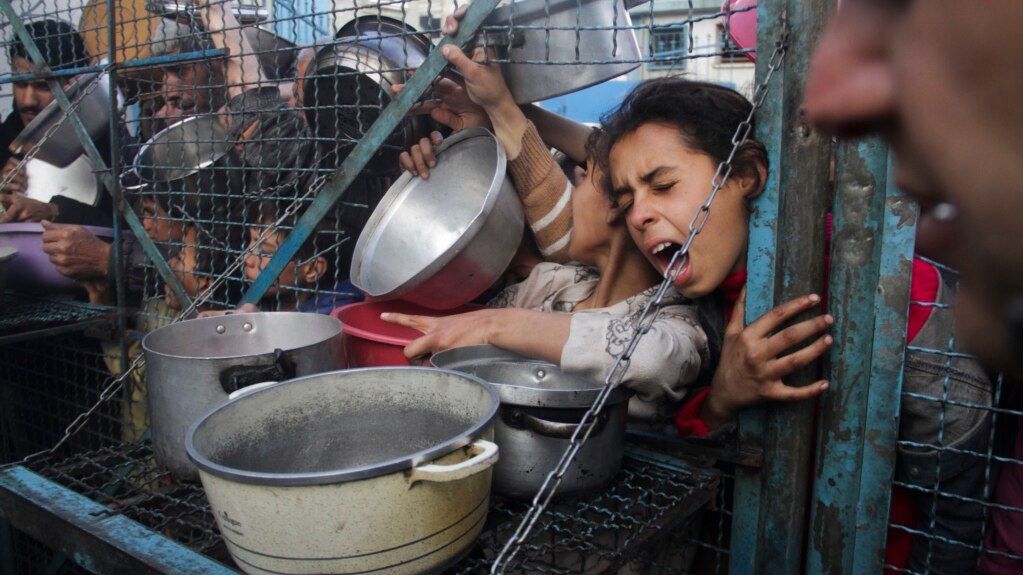Aid groups warn that famine, a widespread lack of food, will soon strike two troubled places: Gaza and Haiti.
In Gaza
The Integrated Food Security Phase Classification (IPC) is an organization that follows hunger worldwide.
On Monday, the group warned that more than one million Gazans could face famine if Israel expands its offensive in the southern city of Rafah. About half of the territory’s people are crowded into the city. The report says almost all of them are struggling to get enough food already.
“This is the largest number of people facing imminent famine in the world today, and it has only taken five months to occur,” said Matthew Hollingworth, the acting World Food Program country director for the Israeli-occupied territories.
The European Union’s foreign policy chief Josep Borrell called the expected famine “entirely manmade,” adding, “starvation is used as a weapon of war.”
Aid groups say that international efforts to ship food by air and sea are too small and too few. The IPC reported that famine could happen in Gaza any time between now and May if fighting does not stop.
In Haiti
In Haiti, four million people need help with food and about 1.4 million others are on the edge of famine, reports the United Nations World Food Program.
Aids organizations compared the situation in Haiti to a war zone. Criminal groups, or gangs, control many parts of the country and prevent aid from reaching its people.
Only a few aid organizations have been able to restart operations shut down since February 29. That is when gangs began to attack. They burned police stations, shut down airports and raided prisons, freeing more than 4,000 prisoners.
Less than two weeks later, Haitian Prime Minister Ariel Henry announced that he would resign from office.
Haitian citizen Erigeunes Jeffrand spoke to the Associated Press about the conditions in his country. He said he used to make a living selling sugar but the recent gang activity ended that. Criminals forced Jeffrand and his four children to flee their neighborhood.
“My home was completely destroyed and robbed,” he said. “They took everything I have. And now, they’re not even letting me work.”
Jean-Martin Bauer is the Haiti director for the World Food Program. He said last week, “We have supplies for weeks. I’m saying weeks, not months.” Bauer added, “That has me terrified.”
What is famine?
The IPC was developed in 2004 during the famine in Somalia. Worldwide, the group says nearly 158 million people face crisis hunger situations or worse.
The group says famine is when an entire population or a sub-group of a population is without food, possibly causing death in the short term.
In famine, 20 percent of households would have an extreme lack of food, 30 percent of children would suffer from severe malnutrition and at least two adults or four children per every 10,000 people would die each day because of starvation, malnutrition and disease.
While the depth of the food crises in Haiti and Gaza is new, the underlying conditions are not, said Tobias Stillman, a director of the aid group Action Against Hunger, via email.
Even before the war, 80 percent of Gazans depended on humanitarian aid and about half of all households did not have enough food, he said. In Haiti, millions were already dealing with emergency levels of hunger and crisis levels of food need.
Death from starvation can come “surprisingly quickly,” Stillman said. Without food, the body uses carbohydrates and fats first. When those are gone, muscle and organs begin to break down. Body systems, including digestion, start shutting down, which makes it harder to take in nutrients. Many times, people without food die of common infections. If that does not happen, organs shut down and the heart stops.
Children younger than five, pregnant and breastfeeding women, old people and people with underlying health problems are most at risk.
I'm Gena Bennett.

